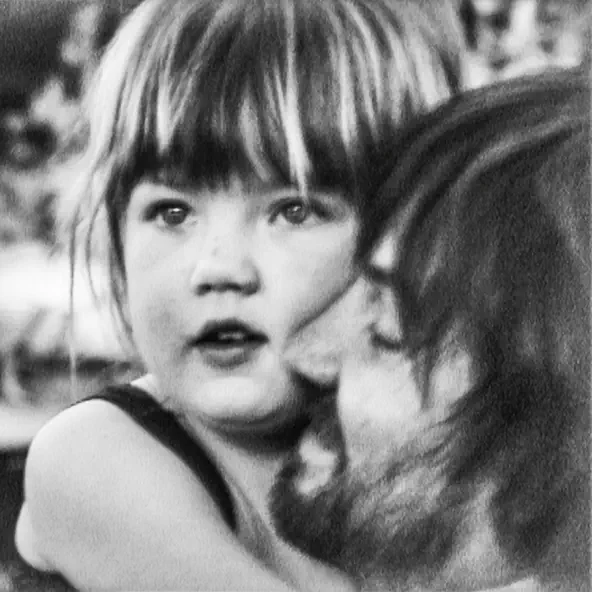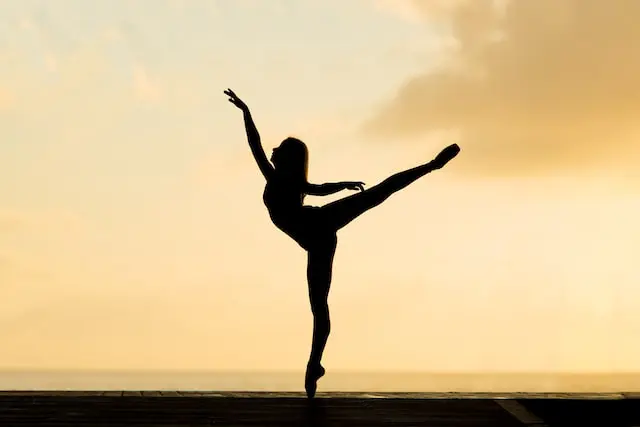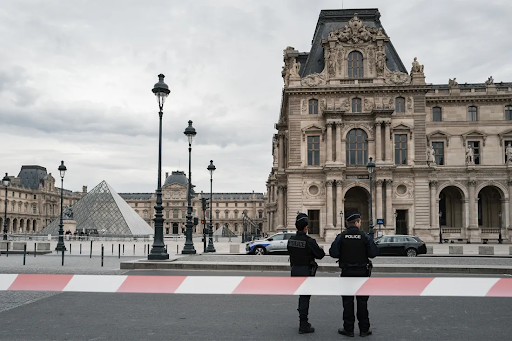A Cold, Unforgiving, Expensive, and Gorgeous World: Figure Skating
Many figure skaters fell in love with falling on the ice at a young age, starting at their local rink and only going up, up, up, and around from there.
November 20, 2015
Figure skating seems to be a sport that mysteriously appears around wintertime with skaters seemingly effortlessly doing skills that most people find impossible. Yet, competitive figure skating is a mystery to most people.
Most skaters start in Learn to Skate, the United States Figure Skating Association (USFSA) introductory program, when they’re around the ages of three to eight. This program teaches beginning skaters the fundamentals of the sport through group classes. Eventually, typically either when they want to start competing or complete all the levels in the Learn to Skate program, a skater will begin taking lessons from a private coach on a freestyle session. A freestyle session is a session of ice available for figure skaters to practice and take lessons on. These sessions are typically around $10 for 45 minutes to an hour. The lesson typically lasts around half an hour and can range anywhere from less than $30 to an upwards of $90 depending on the coach and their credentials. The rest of the session is used for the skater to warm up before their lesson and/or to practice afterwards. Most competitive skaters skate extra sessions to practice and improve their skills. It’s very common for competitive figure skaters to skate two to three hours at a time to prepare for competitions or testing.
When most people think of figure skating competitions, they typically think of the Olympics, Nationals, Worlds, or some other competition you see on TV, but actually competitions are held for skaters of all ages and skill levels. In competition, a skater will do a routine to music called a program. Additionally, there are a variety of different types a programs that a skater could compete in.
Technical programs focus more on skills rather than artistic expression, although that is still a component used in scoring; it is what you’re typically shown on TV.
Freeskate is the technical program for the very first beginning levels (in the Learn to Skate program) through Juvenile.
The short program is one of the two technical programs competed at the Intermediate through Senior levels (the latter is the level you see at the Olympics and on TV); it is shorter in length with significantly less, yet very specific, requirements compared to the long program.
The long program is the other of the two technical programs competed by Intermediate to Senior men/ladies; it is much longer in length with many more elements compared to the short program
The artistic programs focus more on expression rather than skills, but that is still a factor in judging; music normally has words and is often from musicals, movies, etc.
Artistic/dramatic is more emotional and meaningful than a showcase/light program, and the focus is more on flow and artistry.
Showcase/light is a “fun” routine that typically tells some kind of story and is just generally entertaining with the focus on tricks and presence on the ice.
The length of the program depends on a skater’s level and type of program being competed. Technical programs are longer than an artistic program because there are more elements that must be completed, and they are designed to be much more physically demanding than an artistic program.
In order to compete in qualifying competitions, a skater must pass two tests each time he or she move up a level, one Free Skate test and one Moves in the Field (MIF) test. The MIF test must be passed before the skater can take the Free Skate test. There are eight of each test, one for the USFSA levels after the Learn to Skate levels and “no test.” MIF tests consist of edgework, turns, steps, and patterns. Many skaters work ahead on their MIF tests (i.e. a skater is skating at the Intermediate level but is working on Senior MIF) to get them out of the way so they can spend more time practicing other things. Freeskate tests are essentially a simplified version of a skater’s Free Skate/long program (depending on level). Both types of tests are skated in front of one to three judges of specific rankings depending on the test. Preparation for a MIF test can take anywhere from three to even up to 12 months whereas a freeskate test typically takes about or month or two of practice.
To test, a skater has to join a club. Clubs in figure skating are not like a team in sports like running, gymnastics, or swimming, where teammates compete individually while contributing to a group score. A club simply allows a skater access to testing and the ability to compete. Also, most clubs try to plan club team-building events to help members (which are typically at the same rink) bond and get to know each other better. These events include holiday skate parties, club ice, and send-off parties for qualifying competitions.
Although figure skating appears to be effortless and almost magical, it takes a great amount of effort and work, not only from the skater, but from their parents. This is an extremely expensive sport; an average cost is an upwards of $20,000 a year. Families who can afford it commonly end up paying near $30,000 per year on the sport. This is spent on ice time, lessons, equipment (like skates or dresses), competition fees, coaching fees at a competition, travel fees, coach’s traveling fees (yes, you do have to pay for your coach to go to competitions), off-ice training (such as ballet or conditioning training), club membership, and the list goes on and on. Many stay-at-home moms end up going back to work full time, and money can still be extremely tight. The expense of figure skating has also successfully ruined numerous families’ finances.
Wherever there’s a competitive environment (which naturally brings its own set of drama), there’s almost always overcompetitive parents living vicariously through their child. These are the parents that get easily jealous of other skaters’ successes for the sake of their own children, the ones who are a frantic mess at competitions, the ones who will do whatever it takes for their child to be the best, more commonly known as the overzealous skating mom. Typically, this has to do with the large amount of money invested and the parents’ wishes of success for their children. Although their intentions are usually good and filled with hope, it almost always ends in a horrible way for at least someone at the rink.
With the high material and emotional cost, figure skating is cold and unforgiving. Yet it still remains a chillingly beautiful sport that’s easy to fall in love with (normally on your butt; you tend to fall a lot).








